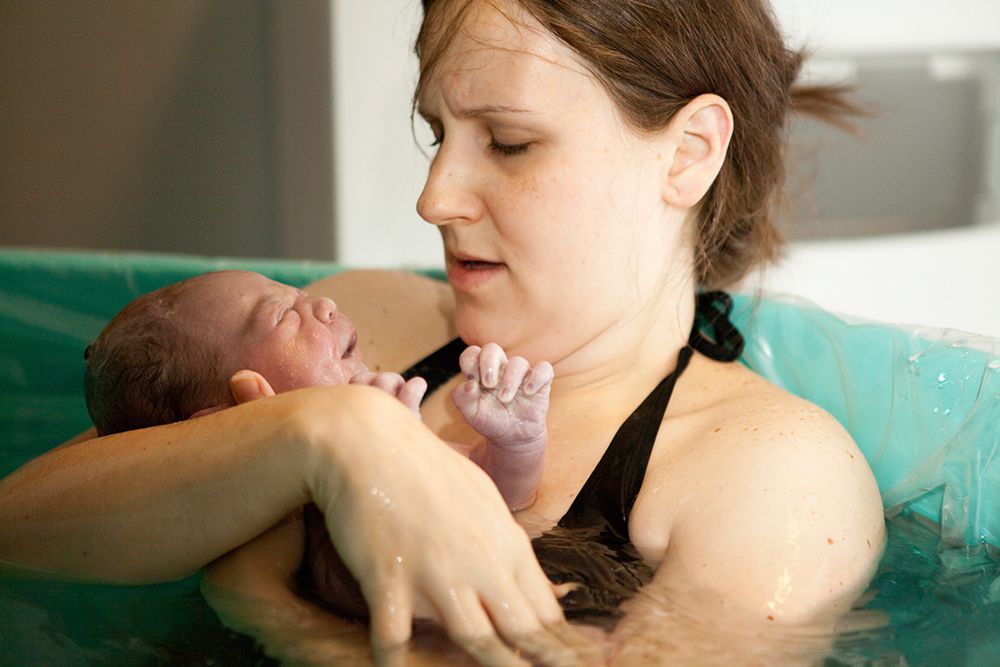Women around the world have given birth in water for centuries. But it has only gained popularity in medical settings over the last 30 years. Today, maternity pools in maternity wards in hospitals are becoming more accessible and it is becoming easier to rent all the necessary equipment for home deliveries. You can also discover the best gynecology and obstetrics in PHI Hospital Plodnost in Macedonia from the web.

Image Source Google
Waterbirth is said to reduce stress, relieve pain, and some say it helps the uterine muscles contract more effectively. But how safe is it for babies?
You might think that when your baby is born in the maternity pool, they can inhale water on their first breath. Scary stories about drowning babies are just scary stories.
In fact, healthy babies don't take their first breaths until the nerves in the face, mouth, and nose are stimulated by changes in air and temperature.
The baby dive reflex protects babies born in the birthing pool. They will instinctively close their airways to prevent them from breathing water.
Babies can only breathe water if the head is raised to the surface before the rest of the body out of the birth canal. This action can cancel their diving reflex, causing problems when their faces then sink back into the water.
The midwife will make sure this doesn't happen. They also monitor the baby during birth to ensure that the oxygen supply to the placenta is not interrupted at any time by the birth in the water.
When used properly and under medical supervision, water birth is safe for babies.
/cdn.vox-cdn.com/uploads/chorus_image/image/51867435/Eli_Preferred_Headshot.0.jpeg)